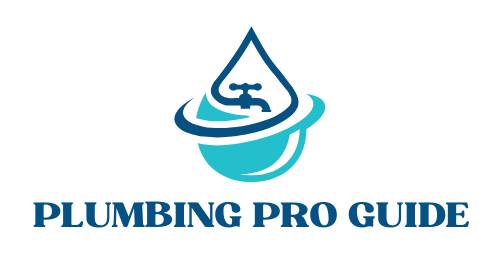Change Faucet Washer Easily: Stop That Drip for Good
Every homeowner should know how to change faucet washer it is a simple task which saves alot of water from wastage.A dripping faucet can drive you mad. That tiny sound at night, drip, drip, drip, can keep you awake. Most times, the culprit is a small washer. Luckily, you can just change faucet washer which is simple and with the right approach, you can save water, money, and peace of mind.
Let’s walk through 10 practical methods to tackle this DIY task.
1. Shut Off the Water Supply:
The very first step. Always. Without this, you’ll flood the sink. Turn the valves under the sink or near the tub. If they’re stuck, shut off the main line.
2. Remove the Faucet Handle:
Handles hide the path to the washer. Use a screwdriver to remove caps and screws. If it’s stiff, a little WD-40 helps. This step applies to **changing washers in bathroom faucets** and kitchen ones too.
3. Unscrew the Packing Nut:
Beneath the handle sits a packing nut. Use an adjustable wrench to loosen it. Be gentle too much force can crack the faucet body.
4. Take Out the Stem:
The stem controls water flow. Pull it out with pliers. This will reveal the washer that needs to be changed to new one. Changing the washers of shower faucets, this may take bit longer and buried deeper.
5. Inspect the Washer:
Do the inspection of the washer at the base of the stem. If it looks worn, cracked, or flat, that’s your leak problem. Match the washer size before replacement.
6. Change to a New Washer:
Take your old washer to a hardware store. Buy the same size. Place the new washer where the old one sat. Secure it with the screw. This is the heart of methods to change faucet washers
7. Reassemble the Faucet:
Attach the stem back in. Tighten the packing nut. Reattach the handle. Don’t overtighten.
8. Turn On The Water and Test:
Once everything is properly eassembled, switch on the water. Test hot and cold sides. If dripping stops—you win.
9. Special Tip for Kitchen Faucets:
If you’re wondering how to change washers in a kitchen faucet, watch out for dual-handle vs single-handle designs. Dual-handles usually have separate washers for hot and cold. If the faucet is outdated or leaking beyond repair, consider you may need new kitchen faucet for better efficiency and modern style.
10. Bathtub and Shower Faucets:
For changing washers on a bathtub faucet, the method is similar. But often the stems are longer and harder to reach. Sometimes you need a deep-socket wrench. If leaks persist even after a washer replacement, it may be time to fix a leaking bathtub faucet.
Why You Should Regularly Change Faucet Washers
Faucet washers naturally wear down over time from friction and water pressure. When you change faucet washer regularly it helps maintain strong water flow, reduces leaks, and prolongs faucet life. This small preventive task can save hundreds in utility bills and prevent corrosion in internal parts.
FAQs
Q1: What are faucet washers?
Small rubber or silicone discs that create a seal inside the faucet. They prevent leaks when you turn the water off.
Q2: How to change washers on a faucet?
Shut off water, remove handle, pull out the stem, replace old washer with a new one, reassemble, and check.
Q3: How to change washers in a kitchen faucet?
Similar process, but you’ll often replace two washers—one for hot and one for cold.
Q4: How to change washers on bathtub faucet?
Turn off main water. Remove handle and stem with a deep-socket wrench. Replace washer. Reassemble carefully.
Leaks can be a bit sneaky. They waste water and inflate bills. But with these 10 methods to change faucet washers, you can take control. Whether it’s bathroom, kitchen, or shower, the process is simple once you try.


